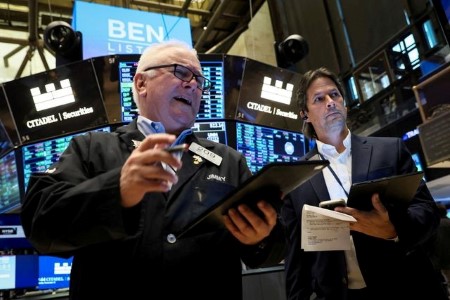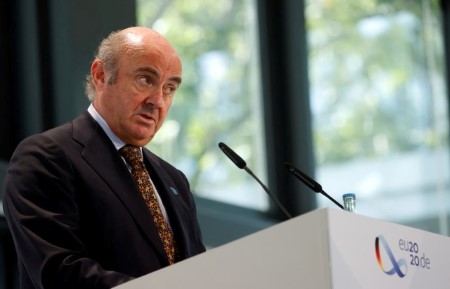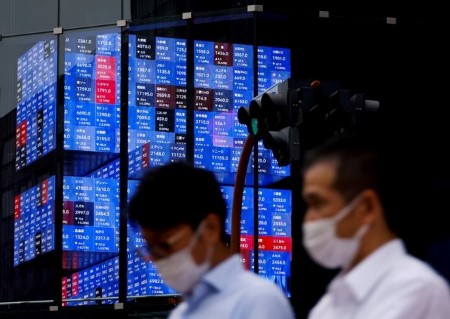NEW YORK, Dec 5 (Reuters) – Oil prices fell over 3% on Monday, following US stock markets lower, after US service sector data raised worries that the Federal Reserve could continue its aggressive policy tightening path.
Brent crude futures settled down USD 2.89, or 3.4%%, at USD 82.68 a barrel. West Texas Intermediate crude (WTI) fell USD 3.05, or 3.8%, to USD 76.93 a barrel. Both benchmarks had earlier risen more than USD 2, before reversing direction.
During the session, WTI’s front-month contract began trading lower than prices in half a year, a market structure called contango, which implies oversupply.
US services industry activity unexpectedly picked up in November, with employment rebounding, offering more evidence of underlying momentum in the economy as it braces for an anticipated recession next year.
The news caused oil and stock markets to pare gains.
The data challenges hopes that the Fed might slow the pace and intensity of its rate hikes amid recent signs of ebbing inflation.
“Macro-economic jitters about the Fed and what they’re going to do on interest rates are taking over the market,” said Phil Flynn, an analyst at Price Futures group.
Supporting the market earlier, the Organization of the Petroleum Exporting Countries and allies including Russia, together called OPEC+, agreed on Sunday to stick to their October plan to cut output by 2 million barrels per day (bpd) from November through 2023.
“The decision … is not a surprise, given the uncertainty in the market over the impact of the Dec. 5 EU Russia crude oil import ban and the G7 price cap,” said Ann-Louise Hittle, vice president of consultancy Wood Mackenzie.
“In addition, the producers’ group faces downside risk from the potential for weakening global economic growth and China’s zero COVID policy.”
The Group of Seven (G7) countries and Australia last week agreed on a USD 60 a barrel price cap on seaborne Russian oil.
However, the price cap’s effect on the futures market during Monday’s session ran out of steam by the end of the day, said Andrew Lipow, president of Lipow Oil Associates in Houston.
“The market has realized that the EU is already banning the purchase of Russian oil with a few limited exemptions, and China and India are going to continue and purchase Russian crude oil, so the impact of the price cap will be mitigated,” Lipow said.
At the same time, in a positive sign for fuel demand in the world’s top oil importer, more Chinese cities eased COVID curbs over the weekend.
Business and manufacturing activity in China, the world’s second-largest economy, have been hit this year by strict measures to curb the spread of the coronavirus.
(Reporting by Stephanie Kelly in New York; Additional reporting by Noah Browning in London, Sonali Paul in Melbourne and Emily Chow in Singapore; Editing by Marguerita Choy and Matthew Lewis)







 DOWNLOAD
DOWNLOAD












